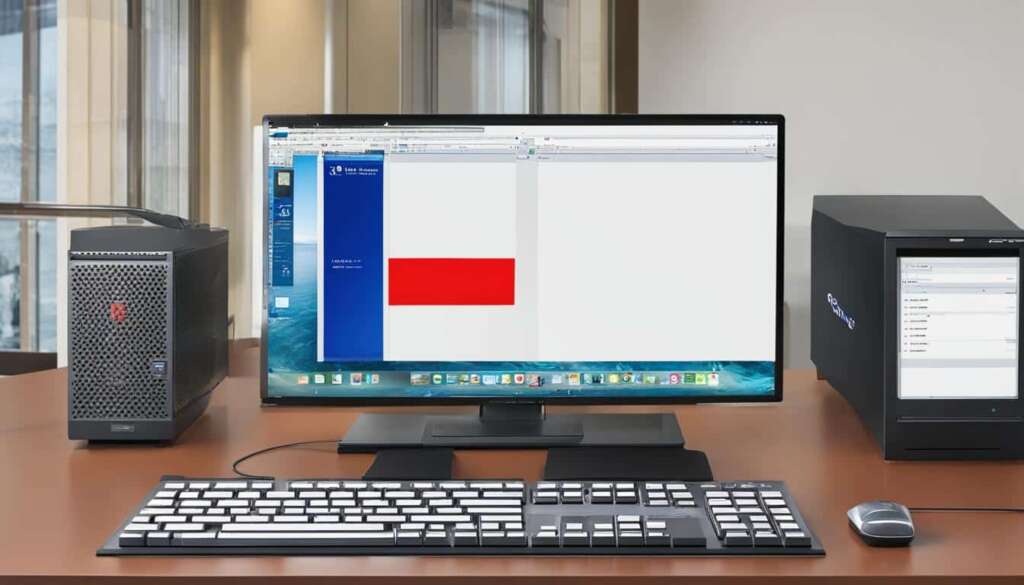Table of Contents
Are you experiencing issues with your Windows 10 PC? Do you want to start fresh and improve its performance? Resetting your PC can help resolve various software problems and provide a clean slate for better optimization. In this guide, we will walk you through the steps on how to reset your PC running Windows 10.
Resetting your PC is a straightforward process that can be done in a few simple steps. Whether you are facing frequent crashes, slow performance, or other software-related issues, a reset can help bring your PC back to its optimal state.
How to Reset PC Windows 10: Step-by-Step Guide
Resetting your PC can be a useful troubleshooting technique to resolve various issues or start with a fresh installation of Windows 10. Follow this step-by-step guide to reset your PC and restore it to its default settings.
- Create a Backup: Before proceeding with the reset, it is essential to back up all your important files and data to prevent any loss.
- Access the Settings: Click on the Start menu and select “Settings” (the gear icon).
- Open the Update & Security Menu: In the Settings window, click on “Update & Security.”
- Select Recovery: From the left-hand side menu, choose “Recovery.”
- Reset this PC: Under the “Reset this PC” section, click on the “Get started” button.
- Choose an Option: You will be presented with two options: “Keep my files” and “Remove everything.” Select the option that best suits your needs.
- Start the Reset Process: Follow the on-screen instructions to initiate the reset process. Your PC will restart, and Windows 10 will be reinstalled.
- Personalize Settings: Once the reset is complete, you will need to go through the initial setup process and personalize your settings.
- Restore Backed-Up Files: If you created a backup in step 1, now is the time to restore your files and data.
Note: Resetting your PC will remove all installed applications and settings. Make sure to reinstall any necessary software and reconfigure your settings after the reset.
A PC reset can help resolve performance issues, remove malware or viruses, and improve overall stability. However, exercise caution and ensure you have appropriate backups before proceeding with the reset process.
| Advantages of PC Reset Windows 10 | Disadvantages of PC Reset Windows 10 |
|---|---|
| Restores your PC to its default state | Removes all installed applications |
| Resets system configurations to fix software issues | Deletes personal files if not backed up |
| Improves system performance and stability | Requires reinstallation of software programs |
Tips for a Successful PC Reset in Windows 10
Resetting your PC can be a daunting task, but with these valuable tips, you can ensure a successful PC reset in Windows 10. Whether you’re experiencing performance issues or simply want a fresh start, following these guidelines will help you navigate the process smoothly.
1. Back up your important data: Prior to resetting your PC, it’s crucial to create a backup of your important files and documents. This ensures that you won’t lose any precious data during the reset process. Consider using an external hard drive, cloud storage, or a reliable backup software to safeguard your information.
2. Update your drivers and software: To avoid any compatibility issues after the PC reset, make sure to update all your drivers and software to their latest versions. This will help prevent any errors or malfunctions post-reset and ensure a seamless transition to the refreshed Windows 10 system.
3. Disconnect external devices: Before initiating the reset, disconnect any external devices such as printers, USB drives, or external monitors from your PC. This minimizes the risk of any conflicts or errors during the reset process, ensuring a smoother and more successful reset.
4. Have a stable power source: It’s crucial to have a stable power source to prevent any disruptions during the PC reset. Make sure your laptop or desktop is plugged into a reliable power outlet or fully charged if using a laptop. This helps to avoid any power-related issues that could interrupt the reset and potentially lead to data loss or system instability.
By following these tips, you can ensure a successful PC reset in Windows 10 without running into any major issues. Remember, resetting your PC can provide a fresh start and improve your overall system performance, but it’s essential to take the necessary precautions to safeguard your data and ensure a smooth transition.
FAQ
How do I reset my Windows 10 PC?
To reset your Windows 10 PC, follow these steps:
What is the step-by-step guide to reset a PC running Windows 10?
Here is a step-by-step guide on how to reset your PC running Windows 10:
How can I ensure a successful PC reset in Windows 10?
To ensure a successful PC reset in Windows 10, consider the following tips:







